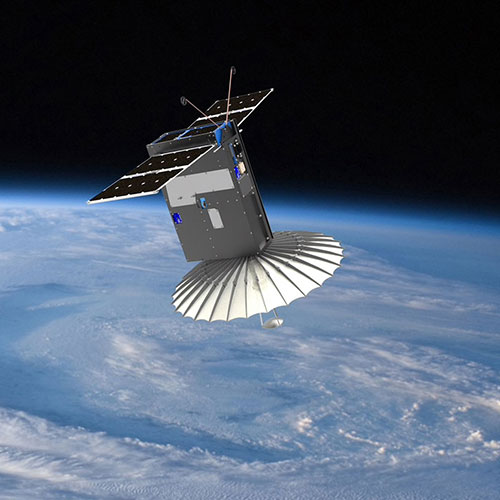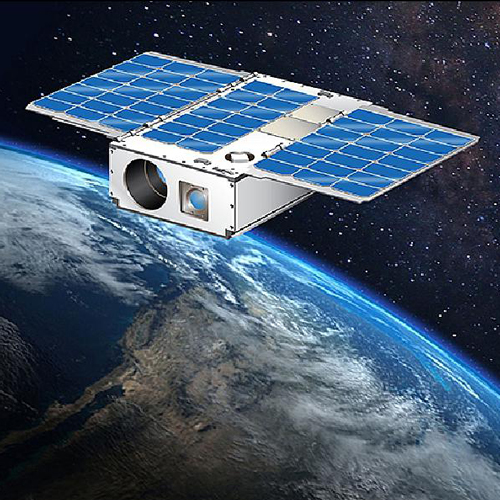Big ideas, small satellites: The SmallSat revolution is upon us, and JPL is at the forefront of helping redefine the way we do science in space. Small, modular, and inexpensive to build and launch, SmallSats offer a new world of possibilities in research and technology development for everyone—students, universities, technology pioneers, and crowd-sourced initiatives.

RainCube
RainCube—a radar in a CubeSat—is just that: a miniaturized precipitation-studying radar instrument that weighs just over 26 pounds. RainCube is smaller, has fewer components, and uses less power than traditional radar instruments.

MarCO
Launched on May 5, 2018, the twin Mars Cube One CubeSats are the first deep space use of miniature, modular CubeSat spacecraft design. Flying along behind NASA’s InSight lander, they are the first CubeSats to go to another planet.

ASTERIA
The space telescope mission earned the 2018 Small Satellite Mission of the Year award for being the first CubeSat to measure the transit of an exoplanet. This demonstrates that SmallSats can make sensitive detections to study astrophysical phenomena. ASTERIA, a collaboration with MIT, is funded by JPL's Phaeton Program for training early career employees.